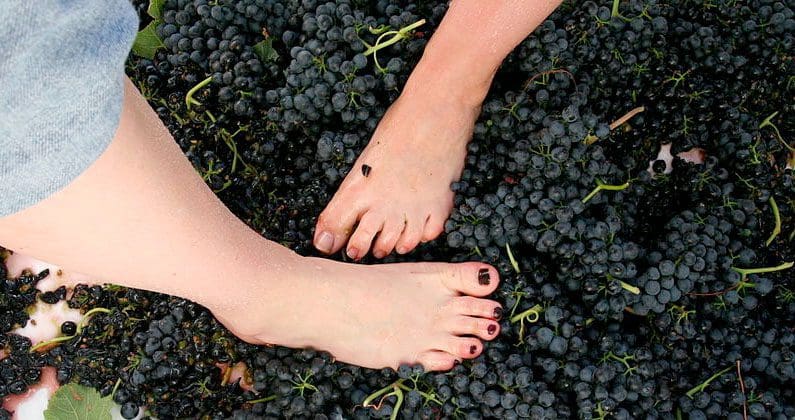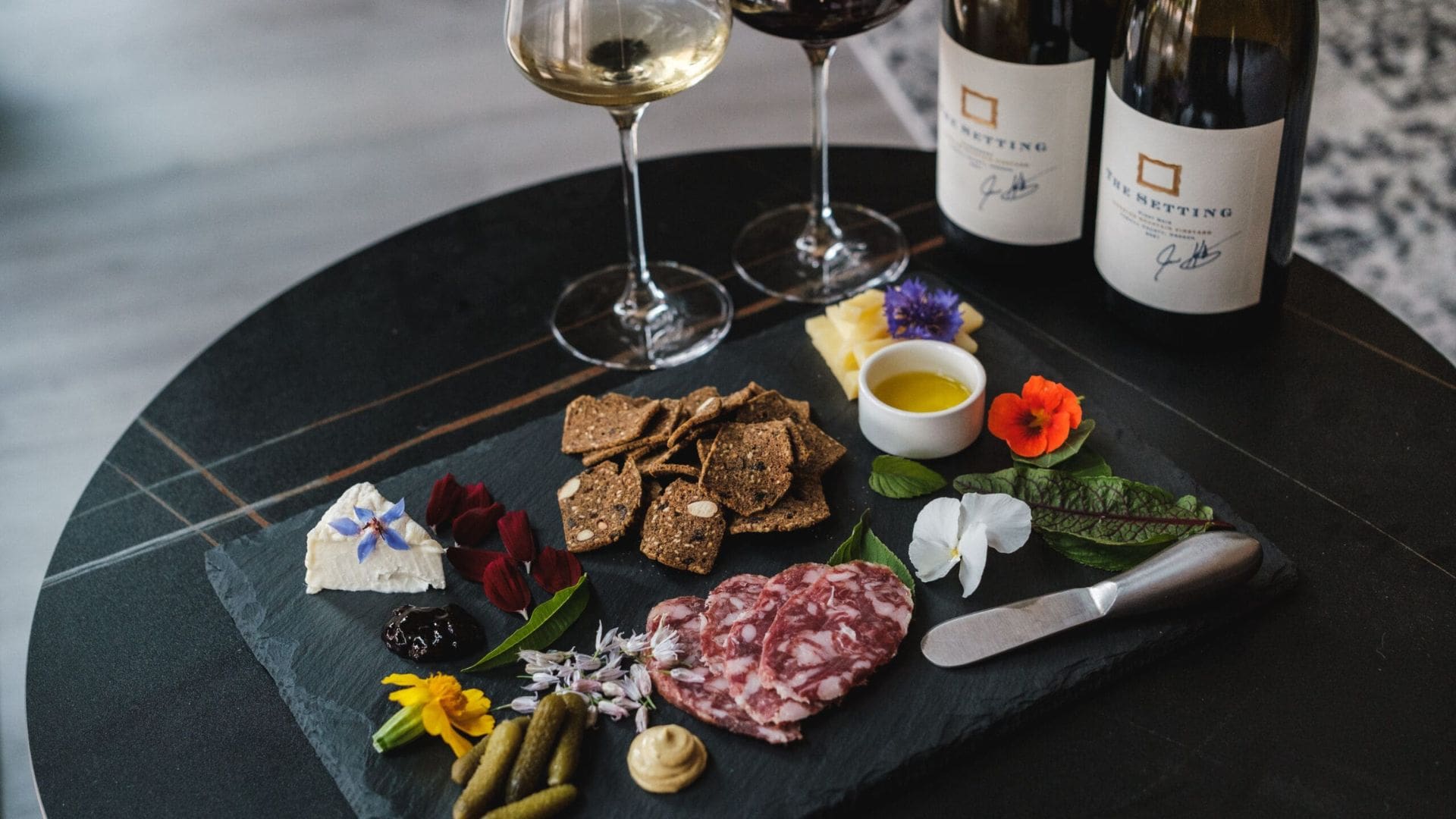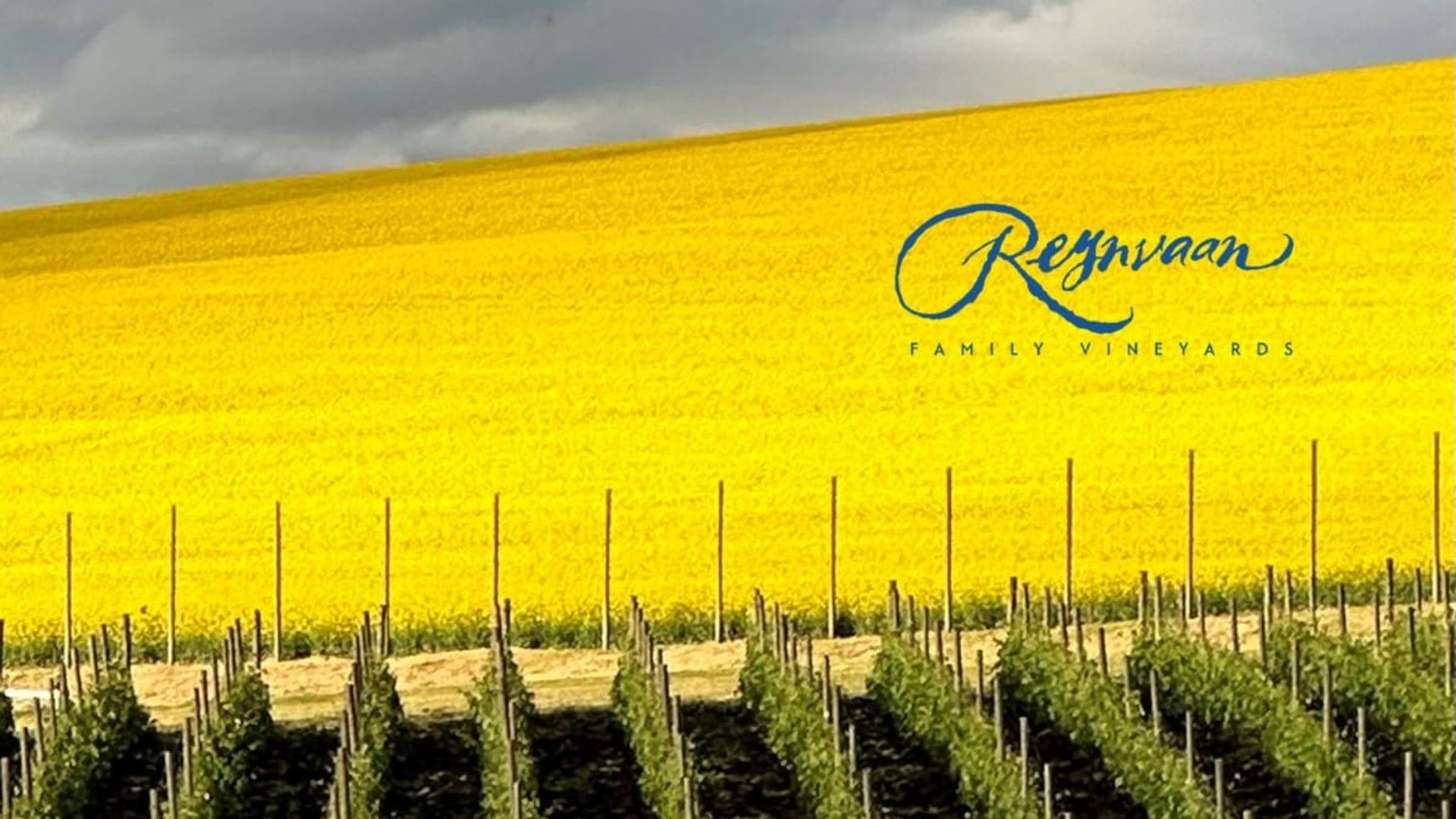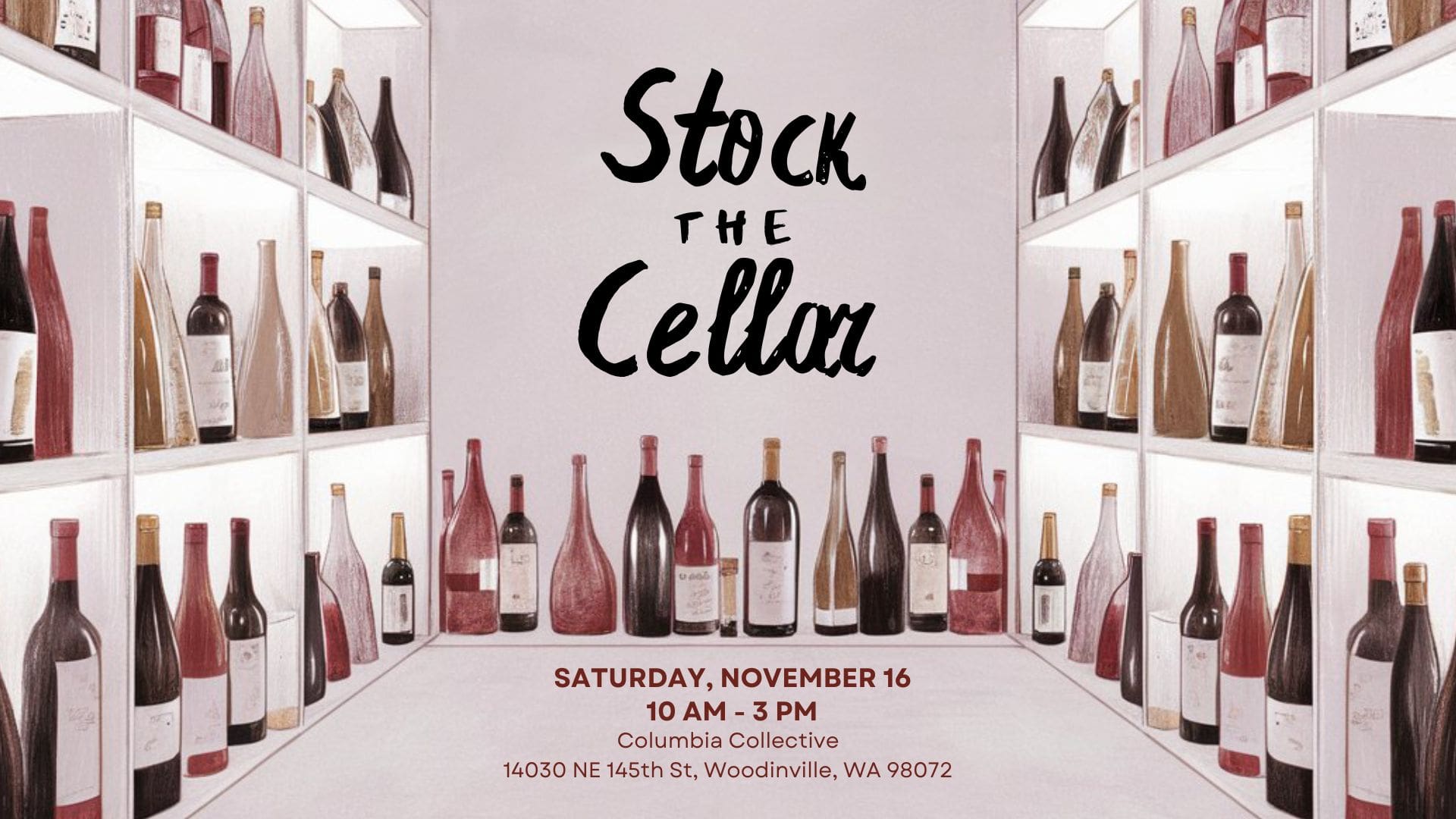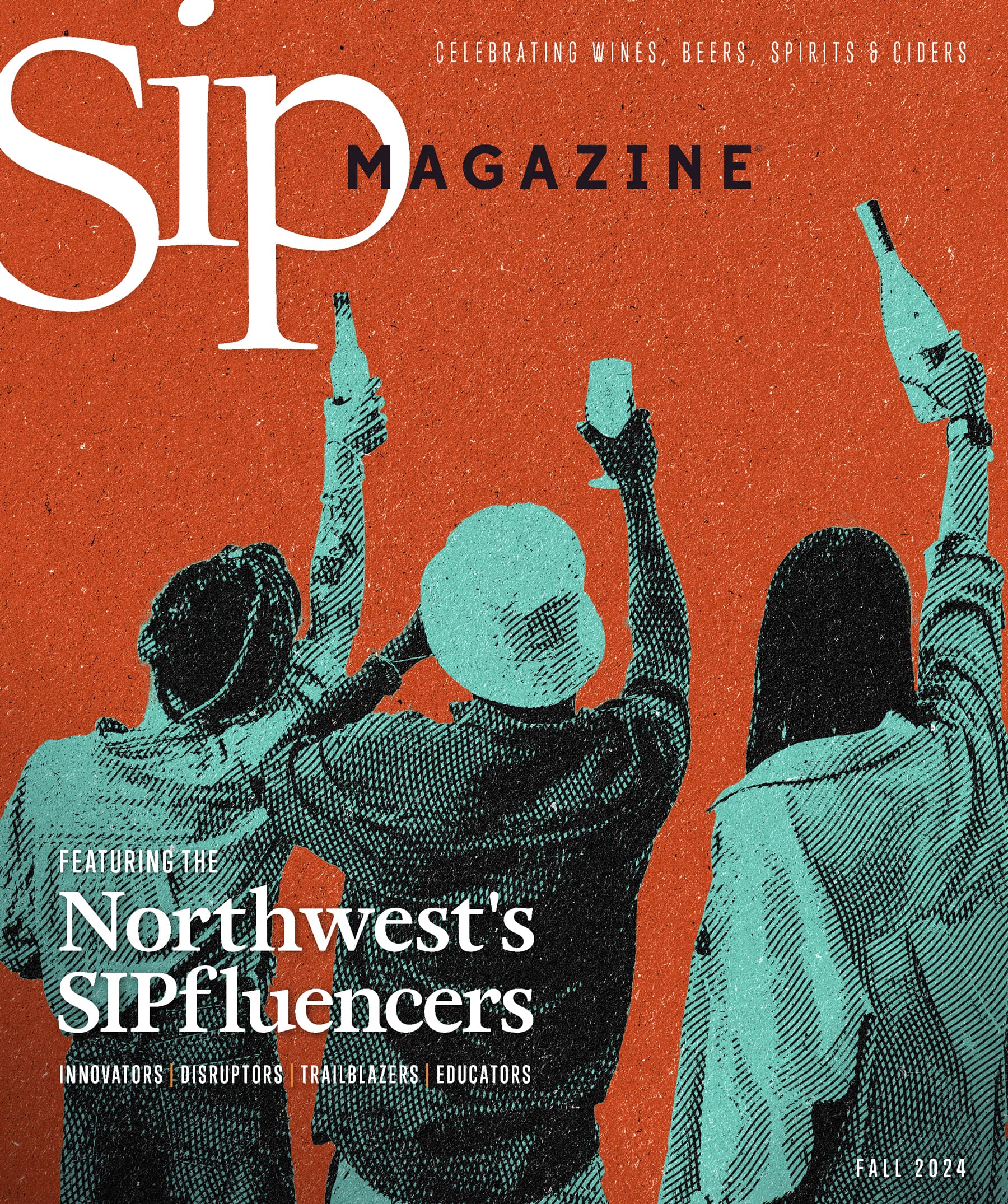Sometimes, I find the interplay between Northwest wine and European wine to be fascinating. Many winemakers openly aspire to mimic styles and blends found in France, Italy or Spain, and most use those long-established styles as a way to talk about their wines to customers, the press and other winemakers. Yet the larger audience (wine drinkers) has a bit of a complicated relationship with those wine styles: they’re often unfamiliar, difficult to understand, and may not actually have much relevance to Northwest winemaking.
For example, take the ubiquitous term “Bordeaux blend.” Classically, Cabernet Sauvignon, Merlot and Cabernet Franc have been blended together both because they taste good together and because they were all grown in the same region of Bordeaux. Winemakers around the globe are well aware of the success of those wines, which are often the mostly highly-regarded and priciest wines in the world, and thus you can buy “Bordeaux blends” from Australia, Argentina and Washington (among many other places). That blend might have originated somewhat organically in France, and makes a certain kind of sense there. Each grape ripens differently and at a different time, with subtly different flavors, and thus a blend tends to be more complex than a single varietal. Yet, does it actually make sense here?
Even more to the point, does the terminology actually help? Does referring to an Oregon Pinot Noir as being “Burgundian” actually help wine drinkers better understand that wine? What does that even mean: is it that the wine has more earthy and inorganic notes with less fruit? Is meant to be reflective of that archetypal Burgundian concept of terroir? Or is it just a convenient label that some people will recognize even if many do not?
As a sommelier and wine writer, it’s my job to know what a winemaker presumably means when they talk about their Syrah as being more like the Northern Rhone than the Southern, and perhaps it’s my job to then turn around and explain that difference to you. Yet in the modern wine world, I’m not entirely sure that constantly looking back to Europe for terminology is all that useful. Those words and those concepts have hundreds or thousands of years of history, politics, religion, geography and geology behind them.
Here in the Northwest, we are writing our own story of wine, and while the history is nowhere as rich, I think there’s value in starting to define our own terms—our own wine lexicon. Europe can (and always will be) a reference point, a way to understand why certain grapes taste good together, and why certain techniques work better in one situation than in another.
However, it no longer seems necessary to merely try to mimic existing styles, to constantly define our wines in those terms. Many winemakers have already headed down this road: I frequently see blends that may have no earthly precedent (and a few that hopefully won’t have any sequels). Randomly throwing grapes together isn’t good winemaking, but I’m not sure that blindly following ancient formulas thousands of miles from where they originated is all that much better.

